Superior Mesenteric Artery Syndrome (SMA Syndrome) in Children
Pediatric EM Morsels
AUGUST 4, 2023
Ganss, 2018) There are additional associations with scoliosis, burn injuries, and spinal cord injuries. (Oka, Oka, 2023) Abdominal ultrasound with doppler can also be used to measure the angle, and with a trained ultra-sonographer was found to be as sensitive as CTA. Typically this includes multiple small meals in a day.








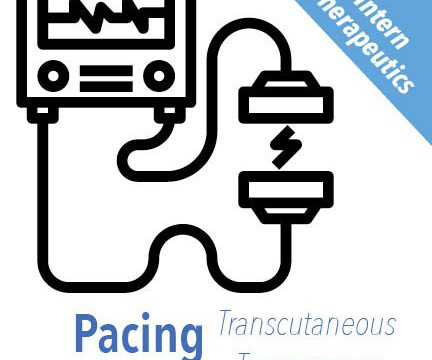

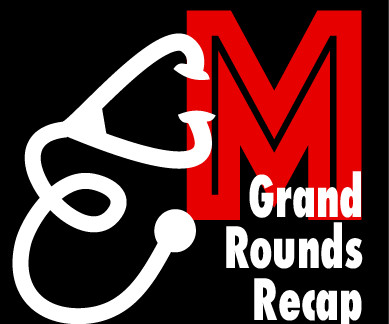





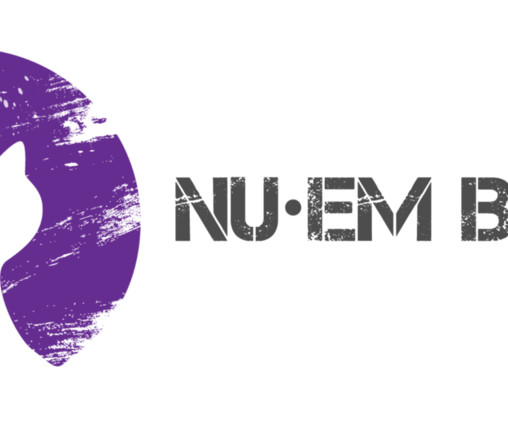
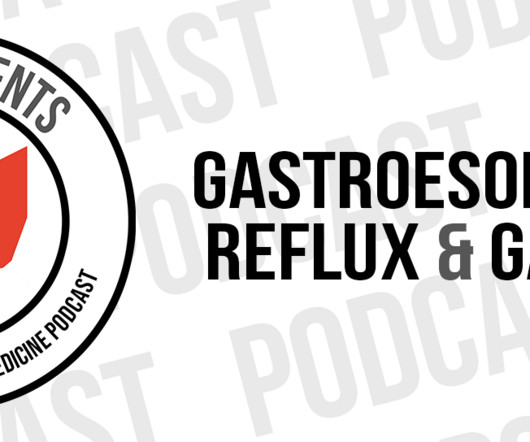





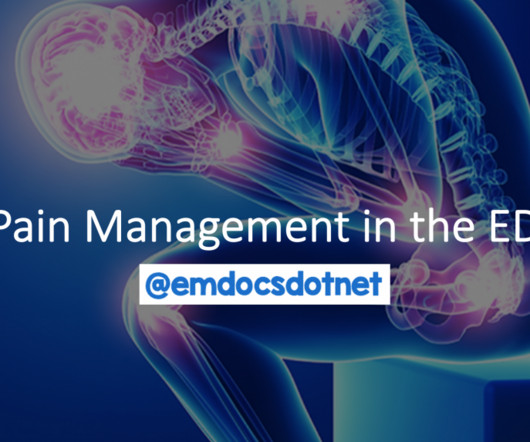

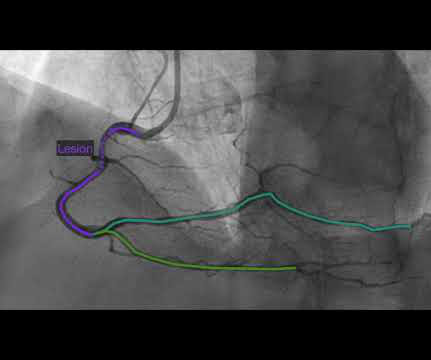







Let's personalize your content